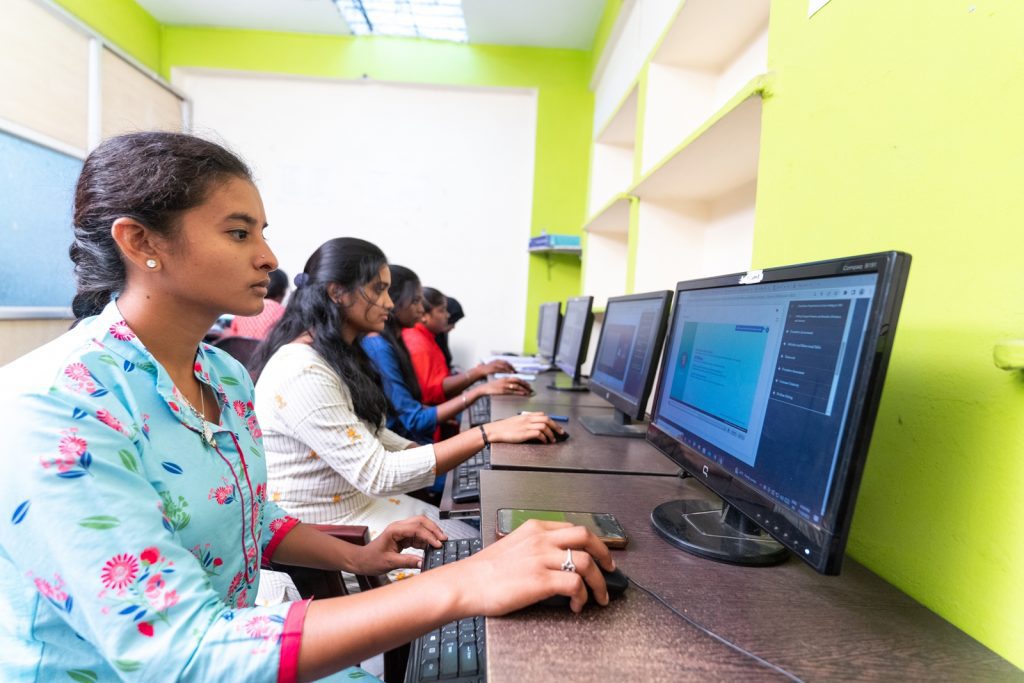The latest estimates from the United Nations Population Fund (UNDP) put India’s population at 142.86 crore, making it the world’s most populous country. A huge chunk of this population is the working-age population, referred to as the country’s “demographic advantage”. It can be used to leverage economic and social progress.
The government is adopting strategies that capitalise on this advantage to improve the citizens’ future. India can achieve this objective by investing more in education and youth empowerment, promoting entrepreneurship, investing in infrastructure, and addressing social challenges, among other strategies.
Understanding Demographic Dividend
A demographic dividend means that a country benefits from a host of possibilities for economic growth with more people in the labour force and lesser to support if the right social and economic investments and policies are made. For India, the priority now is to make rapid and effective investments in education (education sustainability and educational infrastructure), job creation, and gender equality, which will yield a demographic dividend and allow the country’s large population to drive economic growth. Additionally, India must convert its demographic advantage into a skilled workforce.
Stepping up to Use Demography In India’s Favour: Education Sustainability to Entrepreneurship Ecosystem
Education Sustainability
India needs to invest more in education to improve the skills and knowledge of its young population. This will help to increase productivity, promote innovation, and create employment opportunities. The government can provide incentives for students to pursue higher education and vocational training, and promote digital literacy to prepare the youth for the digital age.
For education sustainability, we need to achieve the goals of access, equity, and quality in higher education. It is essential that the working-age population is skilled for future jobs.
Professional development of faculty, a greater focus on quality research, the founding of cutting-edge universities and educational infrastructure, and improvements in harnessing information and communications technology in higher education need prioritisation.
Youth Empowerment
Youth empowerment initiatives such as Smile Foundation’s livelihood programme, STeP (Smile Twin e-Learning Programme) have the potential to transform the young population, allowing it to play a critical role in assisting India in reaping its demographic dividend by contributing to the nation’s development in a variety of ways. They act as change agents and contribute to societal development. They bring new perspectives, critical thinking abilities, and a global perspective to the workplace.
Managing Disparities in Equal Access to Higher Education
Targeted Policy interventions ensure equitable access to higher education across various geographic regions and social classes, as well as increase women’s access to education, build an inclusive environment that allows for their engagement, and offer opportunities for their advancement into future careers. Scholarships, grants, and financial aid programmes can alleviate economic barriers.
India also needs to address social challenges such as poverty, healthcare and gender inequality. This will help to improve the standard of living for its citizens and create a more inclusive society.
Additionally, improving infrastructure in rural and remote areas, establishing more quality educational institutions, and expanding digital learning platforms can enhance accessibility. Encouraging public-private partnerships and collaboration with industry can provide vocational training and skill development opportunities, nurturing employability prospects.
Financial Inclusion
There has been an upsurge in financial inclusion as a result of the government’s emphasis on bank accounts and investments in digital payment infrastructure. The formalisation of the economy through digitalization allows for improved credit assessment of citizens previously ineligible for consumer loans.
A Standard & Poor’s survey revealed that roughly 76 percent of Indian adults were unaware of key financial concepts. Also, India’s financial literacy is lower than the average across the globe. We need to go beyond the conventional methods of imparting financial literacy to the young population.
Creating an Entrepreneurship Ecosystem
Promoting entrepreneurship in India is an effective way to harness the demographic dividend. This refers to the economic growth potential that can arise from a youthful and dynamic population. To reap this dividend, it is crucial to create an ecosystem that fosters and supports entrepreneurship.
Incorporating entrepreneurship training and practical experiences into the curriculum can encourage an entrepreneurial mindset from an early age. Lack of access to finance is a significant barrier for aspiring entrepreneurs.
The focus should be on creating a favorable business environment by implementing policies that promote ease of doing business and provide the necessary financial support and mentorship to startups. Adequate infrastructure, including reliable power supply, and affordable high-speed internet connectivity, are other important factors.
Claiming A Bigger Stake in the World Economy
According to a CII report, if India’s demographic dividend is utilised efficiently, its growth prospects will advance. Its GDP is to climb from its current $3 trillion to $9 trillion by 2030 and $40 trillion by 2047. India’s demographic advantage can transform the country into the largest contributor to the global workforce.









